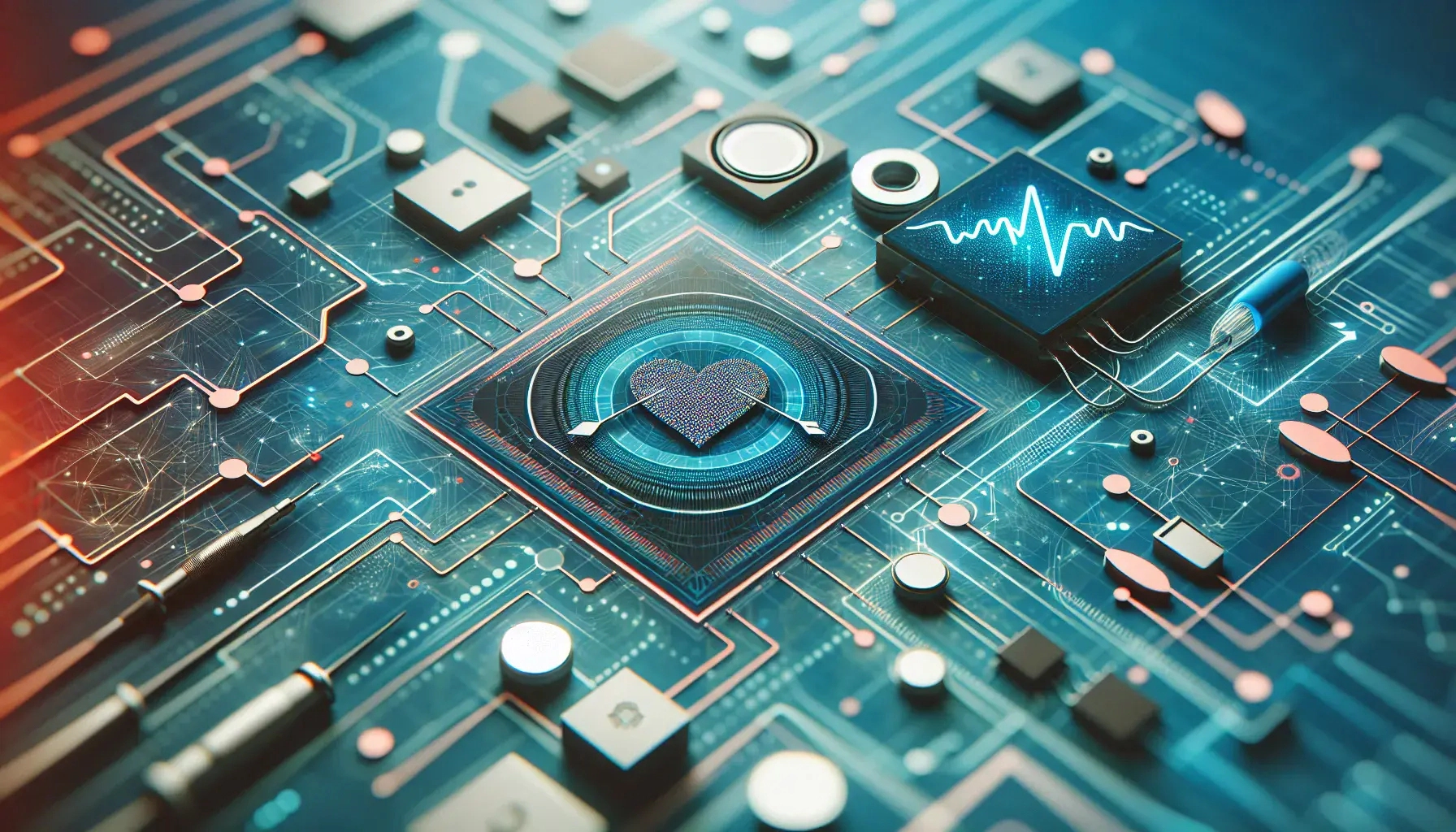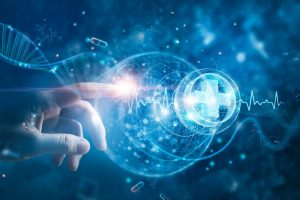New kinds of care delivery and individualized treatment can be supported by advanced technology approaches as healthcare becomes more interdisciplinary.
Healthcare informatics plays an increasingly important part in the quickly changing modern healthcare scene.
This multidisciplinary project integrates laptop technology, healthcare, and fact generating. The field of informatics is transforming traditional healthcare shipping, operational performance, and affected person care.
Healthcare informatics is bringing in a new generation of precision medications, better patient outcomes, and streamlined healthcare operations by utilizing the power of statistics, advanced analytics, and contemporary technology.
Healthcare informatics foundations
A strong technology foundation that makes it possible to gather, store, analyze, and share health-related data is at the heart of healthcare informatics. This foundation is supported by a number of essential elements.
Health records in electronic form (EHRs). The management and accessibility of patient information has been revolutionized by records systems. These digital copies of paper charts for patients provide real-time, patient-centered data that makes information immediately and safely available to authorized users. The Office of the National Coordinator for Health Information Technology reports that hospital EHR adoption in the United States increased significantly from 9% in 2008 to over 96% in 2019. Stronger clinical decision-making, improved care coordination, and a decrease in medical errors have resulted from its widespread usage.
Both remote patient monitoring and telemedicine. Patients in underserved or rural areas can now more easily obtain healthcare services because to telemedicine, which is enabled by informatics. According to a report published in the Journal of the American Medical Association, during the first few months of the COVID-19 pandemic, telemedicine visits increased by 766 percent. This increase confirmed telemedicine’s capacity to provide ongoing treatment, especially in challenging circumstances.
With the use of remote patient monitoring (RPM) technology, medical professionals can collect vital signs and various fitness statistics from patients outside of traditional hospital settings. RPM treatments led to overall improvements in healthcare and improved quality of life for patients with chronic illnesses, according to a thorough study published in the Journal of Medical Internet Research.
Applications for mobile health. Programs for mobile fitness (mHealth) have given patients the confidence to actively manage their health. These applications offer a wide range of features, such as the ability to enable symptom trackers for chronic ailments and to remind users to take their medications. According to a survey by the IQVIA Institute for Human Data Science, over 318,000 apps related to fitness are accessible for download, and over 200 new apps are made every day.
New technologies
New technologies are always pushing the envelope in healthcare delivery and management, which is why the field of healthcare informatics is always changing.
Machine learning (ML) and artificial intelligence (AI). Healthcare informatics is undergoing a revolution because to AI and ML, which are boosting predictive analytics, increasing diagnostic precision, and customizing treatment regimens. An AI version may be more accurate than human radiologists in identifying breast cancer in mammograms, lowering the number of false positives and false negatives, according to research published in Nature Medicine.
In terms of predictive analytics, a study published in The Lancet Digital Health demonstrated how examining specific criteria can more accurately than traditional methods indicate readmission risks to medical institutions, thus resulting in more focused treatments and lower healthcare costs.
Exact medication. Precision medicine—where therapies are customized for each patient based on their genetic composition, lifestyle, and environment—is being made possible by the integration of genomic information with electronic health records. With funding from the National Institutes of Health, the All of Us Research Program was established with the goal of collecting data from one million or more Americans in order to expedite research and enhance fitness outcomes through precision medicine.
Blockchain technology in the medical field. Blockchain technology is starting to show promise as a safe and effective means of exchanging health data. A study that was published in the Journal of Medical Internet Research demonstrated how blockchain technology might improve patient ownership over their data while also enhancing the security and interoperability of health records.
Healthcare informatics’ effects
Numerous facets of healthcare are benefiting visibly from the use of healthcare informatics.
Management of chronic illnesses. Chronic illness care is evolving due to informatics-driven techniques. For instance, the Apple Heart Study involved over 400 participants and demonstrated the potential of wearable technology to enhance the early detection of atrial traumatic inflammation. The study employed data from the Apple Watch to identify abnormal coronary heart beats.
Management of population health. Better population health control is made possible by healthcare informatics, which analyzes large databases to spot trends and dangers. A study that was published in the American Journal of Public Health demonstrated the application of statistical analytics in population-level prediction and prevention of opioid misuse.
Systems for clinical decision support. Clinical decision support systems (also known as CDSS) use informatics to give healthcare organizations rules that are tailored to each impacted individual. According to a systematic study published in the Journal of the American Medical Informatics Association, 64 percent of the trials examined showed that CDSS improved practitioner overall performance.
Obstacles and potential paths forward
Healthcare informatics has enormous potential, but before it can reach its full potential, it must overcome a number of obstacles.
Security and privacy of data. It will be essential to guarantee patient privacy is maintained as fitness data digitizes more and more.
Communication between different systems. The smooth interchange of fitness data may be hampered by a lack of uniformity between different health IT systems.
Digital disparity. Health disparities could be made worse by the possibility that not all groups can benefit from healthcare informatics.
Moral issues. The application of AI in healthcare brings up moral concerns concerning responsibility, algorithmic biases, and decision-making.
The field of healthcare informatics has a bright future ahead of it. Novel technologies such as quantum computing have the potential to transform personalized medicine and medication development. A more comprehensive understanding of patient fitness may be provided by combining scientific records research with social determinants of health. Furthermore, improvements in natural language processing should make EHRs easier to use, which will lessen clinician burnout and improve treatment.
Leading the charge in the virtual transformation of healthcare is healthcare informatics. It’s changing the way we think about health and wellbeing by utilizing data, cutting-edge analytics, and new technologies.
Healthcare informatics is predicted to have a significant and wide-ranging influence on the provision of healthcare in many ways. Informatics is predicted to make significant progress in navigating the complexity of modern healthcare and to offer novel ideas that hold out the possibility of person-centered treatment in the future.




















